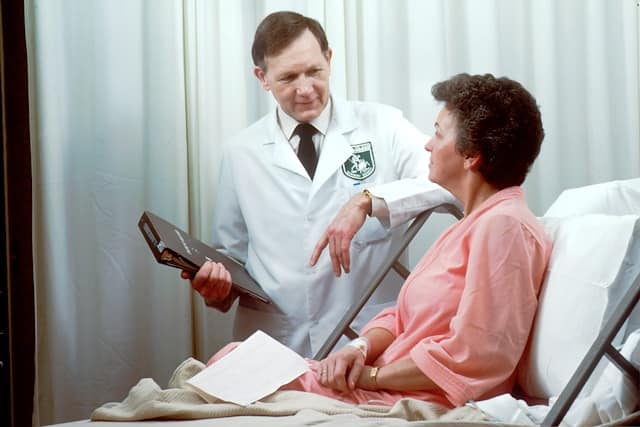The ‘gender pain gap’ refers to the disparities in the pain experience between men and women, with women generally experiencing more recurrent, severe, and longer-lasting pain than men.
Concerningly, one of the main reasons the gender pain gap exists is due to healthcare providers underestimating and dismissing women’s pain.
Let’s discuss the realities of the gender pain gap in healthcare and some key strategies healthcare workers—and society as a whole—can employ to close it.
The Gender Pain Gap in Healthcare
When it comes to the gender pain gap in healthcare, there are certain questions we need to consider, including;
What is ‘Gendered’ Pain?
Despite experiencing more severe pain than men, women’s pain is routinely underestimated – worryingly, in healthcare in particular.
So, what are the reasons for women’s pain being dismissed? This generally comes down to gender stereotypes, where women’s pain is not believed – and worse, is often put down to women being overly emotional, dramatic, or even hypochondriacs.
But the truth? Women are not usually exaggerating about their pain. If anything, women’s pain requires even more attention and acknowledgment than men’s. We’ve all heard of the notorious ‘man flu’ – where men exaggerate their symptoms to the point of extreme self-pity. In this sense, should it not be men who are labeled dramatic hypochondriacs?
Regardless, women are consistently discriminated against in healthcare, with their pain often being dismissed and underestimated.
What is the ‘Pain Bias’?
The pain bias in healthcare refers to a medical gender bias that denies women the treatment and care they need based on an inherent belief that women overexaggerate their pain.
These beliefs are, for the most part, hugely unfounded – especially when we consider the fact that women, in general, will often experience pain that is more extreme than men do. Think of the pain of childbirth, as well as excruciating menstrual pain, and also female-centric health conditions such as endometriosis. These are all types of pain men will never experience. Why, then, are women labeled drama queens?
Irrespective of the reasons for this perception of women, the truth of the matter is that female patients deserve access to quality, respectful healthcare, and we need to do more to close the gender pain gap in the medical sector.
Strategies for Closing The Gender Pain Gap
So, what are some strategies we can enlist to work towards closing the gender pain gap? Some of these include:
Better Training for Healthcare Workers
One strategy for closing the gender pain gap? Improving training for practitioners and healthcare professionals who have completed qualifications like RN programs online and increasing awareness of the gender pain gap among medical workers.
By overturning the perception among healthcare professionals that women exaggerate their pain, female patients can receive much-needed access to the treatment and care they require. This includes more tailored medical treatment that is targeted to female-centric illnesses and health conditions and the painful symptoms and side effects that men do not experience.
Reducing Society’s Perception that Women’s Pain is Dramatized
Surely we’ve moved past the medieval dark ages and times in history when women were considered hysterical? Female hysteria should, then, be a concept we have left in the past. Indeed, we have – thankfully – moved well beyond the days when women were locked up for being overly emotional or ‘hysterical.’ Yes, of course, we have made considerable progress in that area.
However, the fact of the matter is that women’s pain is still being dismissed. To move past this, then, the perception that women exaggerate their pain needs to be abolished. How? We need to start listening to women, advocating for female patients, and, perhaps most importantly, giving them the respect they deserve.
When it comes to the female pain experience, it is, in general, more significant than the pain experienced by men. With childbirth, menstrual symptoms, and female health conditions such as endometriosis all playing a part in the pain experience of women, it simply cannot be denied that men will never experience this type of discomfort.
The solution? Treating women’s pain with the respect it deserves and also actively working to close the gender pain gap in healthcare.

